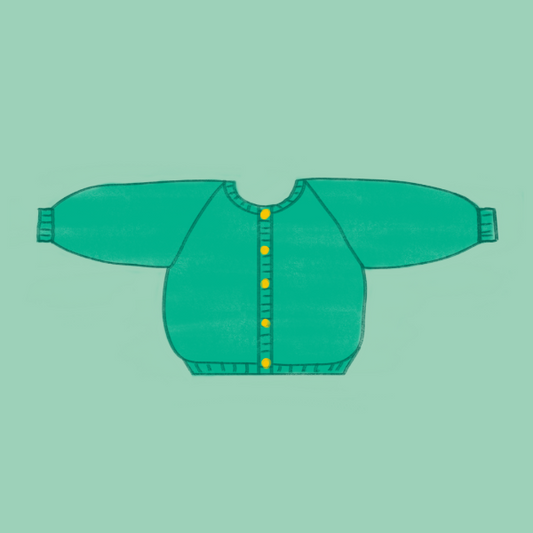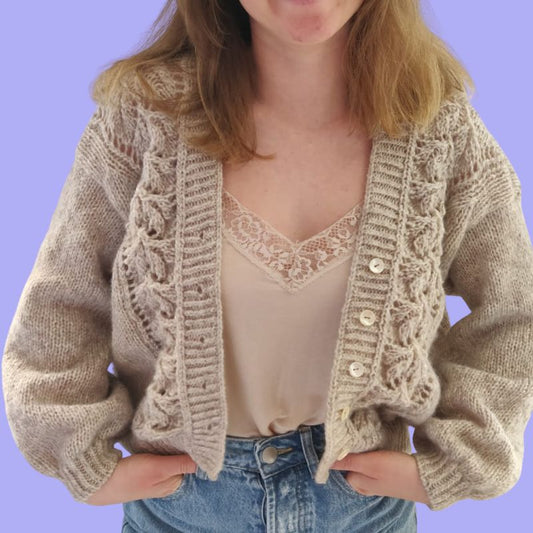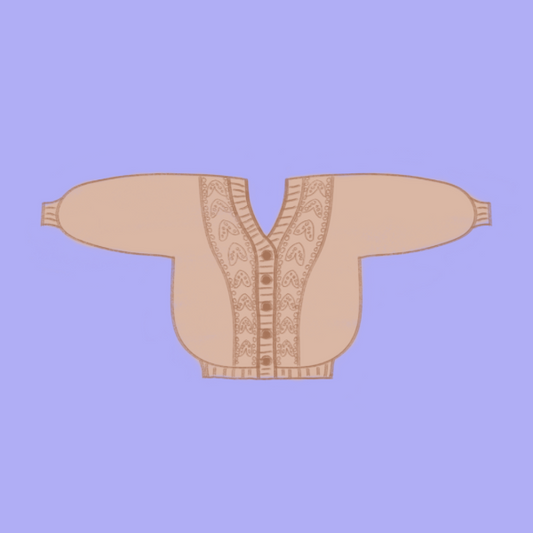Mastering Knitting Increases: A Step-by-Step Guide to Flawless Stitch Growth
Knit SisShare
Have you ever wondered how to make your knitting projects expand seamlessly? Whether you're creating a beautifully flared shawl, shaping a sleeve, or giving your patterns a unique twist, mastering knitting increases is essential. 🧶
In this guide, we’ll walk you through the different types of knitting increases, from beginner-friendly methods like knit front and back (KFB) to advanced techniques such as Make One Left (M1L) and Make One Right (M1R). Get ready to elevate your knitting skills and create stunning projects with professional-quality finishes!
Why Are Increases Important in Knitting?
The Purpose of Knitting Increases
Knitting increases are used to:
- Add width or volume to your project (e.g., for shawls, skirts, or sleeves).
- Shape garments to fit the body.
- Create decorative patterns such as lace or textured designs.
💡 Knit-Sis Tip: Increases allow for endless creativity. Combine different types for unique effects in your patterns!
Types of Knitting Increases
Beginner-Friendly Techniques
- Knit Front and Back (KFB)
- How it works: Knit into the front and back of the same stitch.
- When to use: Perfect for beginners, this method creates a small bar on the fabric, ideal for casual designs.
- Tutorial: Check out our KFB demo.
- Yarn Over (YO)
- How it works: Wrap the yarn around the needle to create a decorative hole.
- When to use: Best for lace patterns or airy summer garments.
Intermediate to Advanced Techniques
- Make One (M1L and M1R)
- How it works: Pick up the bar between stitches and knit it either left-leaning (M1L) or right-leaning (M1R).
- When to use: Ideal for seamless shaping with an invisible finish.
- Pro Tip: Use M1L and M1R together for symmetrical increases.
- Lifted Increases (LLI and RLI)
- How it works: Knit into the stitch below the current one.
- When to use: Great for subtle shaping in stockinette projects.
Step-by-Step: How to Increase Stitches in Knitting
Follow These Steps to Perfect Your Technique
- Choose the right increase for your project. Consider the look and functionality.
- Practice tension control. Avoid pulling too tight or leaving loops loose.
- Mark your increase points. Use stitch markers to track where increases occur.
- Check your work frequently. Ensure symmetry and consistency.
💡 Knit-Sis Tip: Download our free guide on mastering increases for detailed tutorials and illustrations!
Common Mistakes and How to Avoid Them
Troubleshooting Knitting Increases
- Uneven tension: Practice on a swatch before starting your project.
- Visible holes (when not intended): Choose a method like KFB or M1 instead of YO.
- Forgetting increases: Place markers or note them in your pattern.
FAQs About Knitting Increases
- Q: Which increase is best for beginners?
A: KFB is simple and easy to learn, making it ideal for beginners. - Q: How can I avoid holes in my increases?
A: Use techniques like M1L or M1R, which are nearly invisible. - Q: Can I mix different increases in one project?
A: Absolutely! Mixing techniques can add texture and creativity.
Discover Knit-Sis Patterns Featuring Stunning Increases
From seamless sweaters to intricate lace shawls, Knit-Sis offers a variety of patterns designed to showcase your knitting skills. Each pattern comes with detailed instructions, including step-by-step guides to the increases used.
👉 Explore our exclusive patterns now and elevate your knitting game!
Why Choose Knit-Sis for Your Knitting Journey?
At Knit-Sis, we believe knitting should be joyful, accessible, and filled with colorful possibilities. Our patterns are carefully designed to inspire creativity while being easy to follow, even for beginners.
Conclusion
Knitting increases are the key to transforming flat stitches into dynamic, three-dimensional designs. With techniques ranging from KFB to advanced methods like M1L, you’ll unlock endless possibilities for your projects. Ready to take your knitting to the next level?












